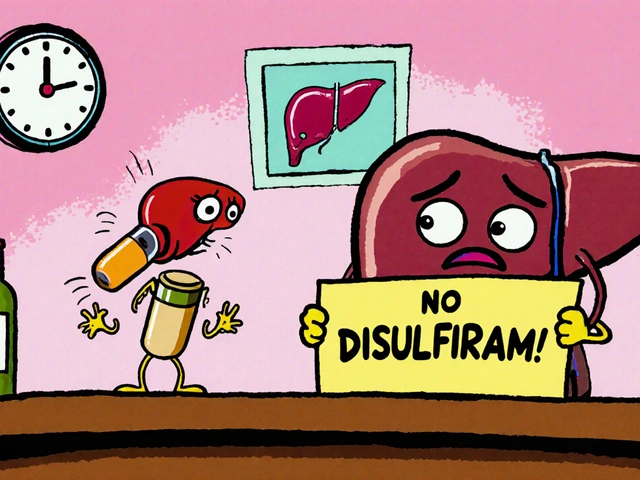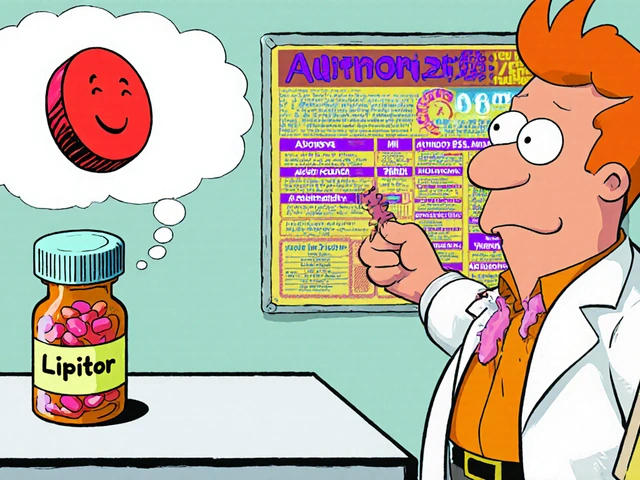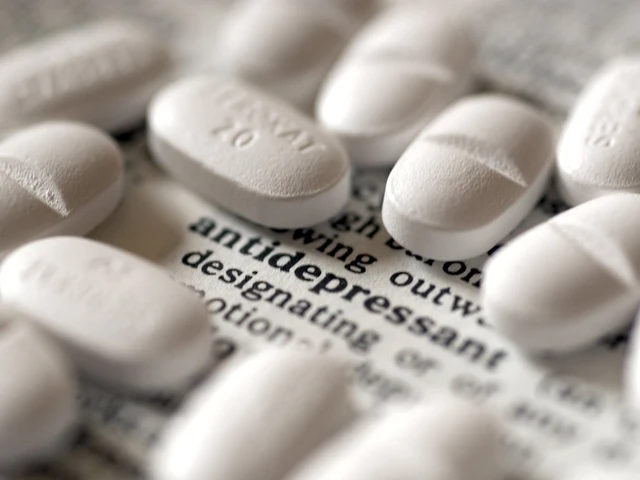Headaches: Fast Relief, Smart Prevention, and When to See a Doctor
Headaches strike at the worst times. Most are annoying but harmless. This guide gives quick relief tips you can try now, simple changes that cut headache days, and clear red flags that mean you need medical help.
First-line relief often works: rest in a quiet, dark room, drink a glass of water, and take an over-the-counter pain reliever like acetaminophen or an NSAID. For adults, acetaminophen 500–1000 mg every 4–6 hours up to 3 g daily is common, while ibuprofen 200–400 mg every 4–6 hours up to 1200 mg daily is a typical OTC dose. Don’t exceed labels and avoid mixing multiple pain meds often; overuse can cause rebound headaches.
Find and avoid triggers. Common ones are dehydration, skipped meals, poor sleep, too much caffeine or sudden caffeine withdrawal, alcohol, stress, and strong smells. Keep a simple headache diary for two weeks: note time, what you ate, sleep hours, stress level, caffeine, and activity. Patterns show up fast and let you make small changes that pay off.
When a headache is serious
Get urgent care if a headache starts suddenly like a “thunderclap,” is the worst ever, follows head injury, or comes with fever, stiff neck, double vision, weakness, or confusion. New headaches after age 50, headaches that get steadily worse despite treatment, or those that wake you from sleep also deserve prompt evaluation. These signs can point to conditions that need tests or immediate treatment.
Preventive habits that work
Cut headache frequency with steady habits: aim for regular sleep and meals, limit caffeine to one cup a day or use it consistently, hydrate, and move daily—20 to 30 minutes of moderate exercise most days. Manage stress with short, daily routines: breathing for two minutes, a five-minute walk, or a short stretching session. For tension headaches, improve posture, set phone and computer at eye level, and try a brief neck stretch every hour.
Beyond lifestyle, consider medical options if you get four or more disabling headaches a month. Your doctor may suggest preventive pills, Botox for chronic migraine, or newer injectable medications that target migraine pathways. A primary care visit can sort options and rule out other causes.
Short-term tips to speed relief: apply a cold pack to the forehead for migraine, or a warm pack to tense neck muscles for tension headaches. Try simple breathing and relaxation for five minutes when pain starts. If nausea is strong, anti-nausea medication helps help you keep fluids down.
Track what works. Note which remedies and habits cut pain or frequency. Share that list with your clinician. If you want more reading, check our acetaminophen article on pain and emotional effects, and our pieces on pain meds and safe use. Headache control usually improves fast when you pair the right self-care with smart medical advice.
If a new medication, vaccine, or major life change coincides with more headaches, tell your doctor—timing often gives a useful clue to find cause and act early.





